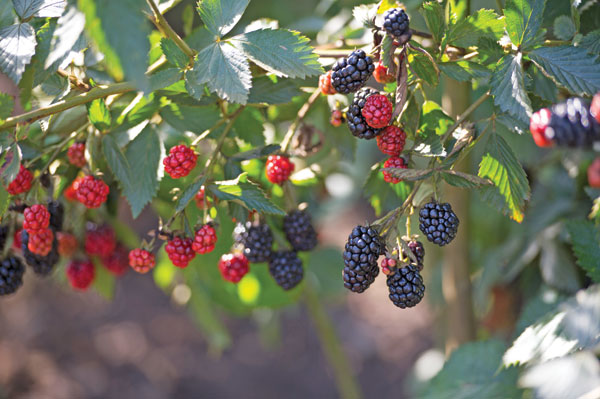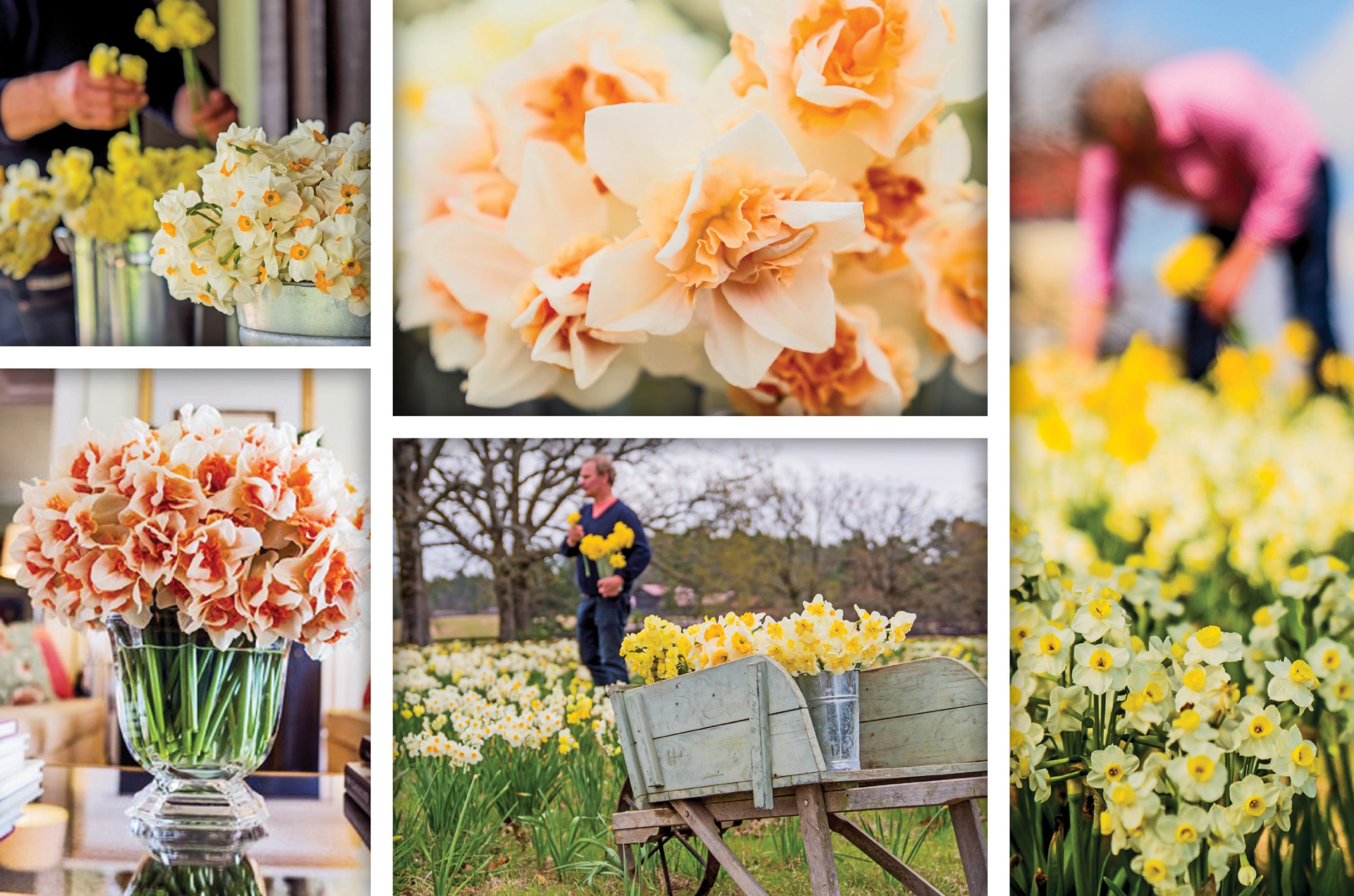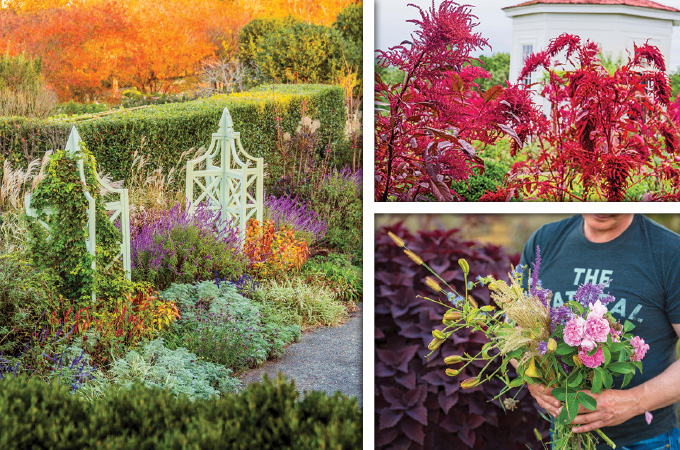To my delight, growing food at home has become increasingly popular in recent years. More and more backyard gardens are springing to life as the trend grows, and my research shows berry plants are among the top selections. This might be due to the fact that store-bought berries are often expensive, and non-organic versions can carry traces of chemicals and pesticides.
Fortunately, berries are easy to grow and don’t require much space. Though they may take some trial and error before you get comfortable, they can be highly rewarding. With a little know-how and careful preparation, you can enjoy raspberries, blackberries, blueberries and strawberries throughout the growing season. It’s a learning experience the first time around, so don’t get discouraged! The first step is to know your growin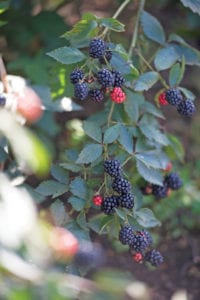 g zone before you shop. Here are a few helpful hints I’ve learned over the years.
g zone before you shop. Here are a few helpful hints I’ve learned over the years.
blackberries
I think a large part of the Southern experience is picking wild blackberries on the side of the road. However, ‘domesticated’ varieties provide sweeter, bigger fruits. Plus, thornless varieties can make harvesting a little less painful. As roadside blackberry patches have shown, this plant likes to spread! In your yard, it can grow on a trellis or in a garden bed with a few feet in between. The fruit-producing canes should be pruned.
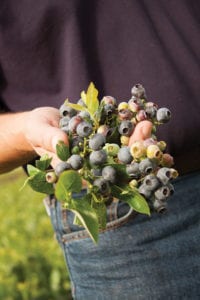 blueberries
blueberries
Blueberry shrubs are easy to grow, and there is a type suitable for nearly every climate and garden space. Dwarf varieties even thrive in containers. However, there are a few characteristics to consider. Some blueberries require a companion blueberry plant of a different variety for pollination in order to produce berries. Other blueberries are self-pollinating, so one shrub alone will produce a good amount of berries. Blueberries require a certain amount of ‘chilling time’ to produce fruit. Northern Highbush, Half-High and Lowbush blueberries are best suited for climates where winters are long and cold. Rabbiteye blueberries hail from the southeastern U.S. and thrive in zones 7 to 9. Southern Highbush blueberries need less chilling time and will thrive as far south as zone 10.
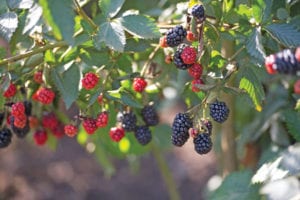 raspberries
raspberries
Raspberries are sweet, flavorful and a welcome addition to the garden. There are two types to consider: everbearing and summer bearing. Everbearing raspberries produce from early summer into fall on first- and second-year canes. The summer bearing types produce fruit on first-year canes once during the growing season. Aside from fruit production, raspberry pruning techniques vary between the two types as well.
Take a look at the varieties that perform best in your part of the world. For my mid-south location, I grow Heritage and Dorman Red, but a few other reliable selections are Encore and Latham Red. Check with your local county extension service or a trusted garden center. Next, confirm the age of the plant you purchase. I like to start with 2-year-old, bare root plants and plant them in very early spring.
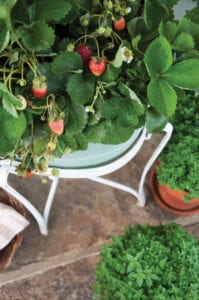 strawberries
strawberries
This is the most common backyard berry because it’s often the most productive. During its relatively short growing season, a strawberry plant can produce a rewarding amount of fruit. I would recommend Allstar strawberries—the name says it all. It’s a June-bearing plant that yields large, juicy, sweet berries that you can enjoy immediately or freeze. These plants love rich soil with lots of compost, leaf mold and well-rotted manure, as well as fertilizer, of course. Keep the soil loose, and make sure they get plenty of sun!
P. Allen Smith is an author, conservationist, and TV host of Garden Home on PBS and Garden Style (check your local listings). He uses his Arkansas home, Moss Mountain Farm, to promote the local food movement, organic gardening and the preservation of heritage poultry. For tours of the farm, visit pallensmith.com/tours.
